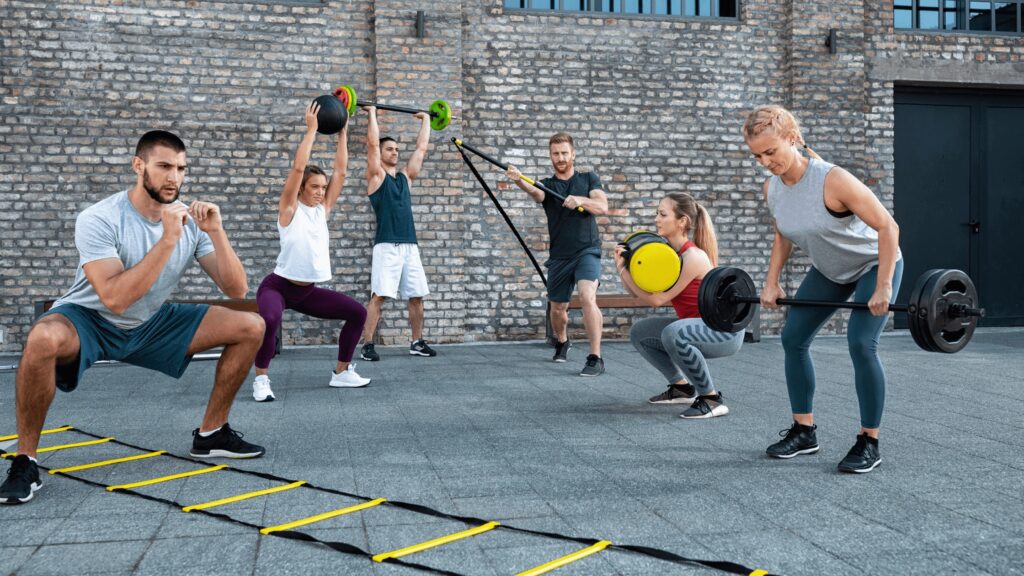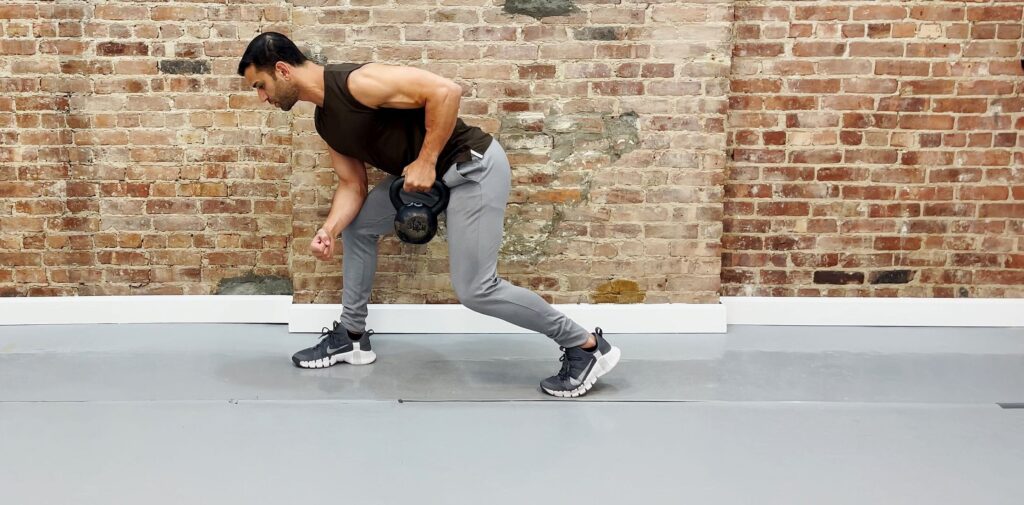Ladder Workout – In the world of fitness, ladder workouts stand out for their versatility, intensity, and simplicity. Whether you’re aiming to build strength, improve endurance, burn fat, or simply challenge your mental grit, this format delivers results without requiring fancy equipment.
The “ladder” refers to the structure of the workout—where repetitions climb up, down, or both, just like rungs on a ladder.
This guide will walk you through everything you need to know about ladder workouts: what they are, how to design them, variations to try, benefits, and a few ready-to-use routines tailored to different fitness goals.
What Is a Ladder Workout?
A ladder workout is a structured routine where you increase or decrease the number of repetitions or time with each set. Think of it as climbing or descending a ladder, one rung (or rep) at a time.
There are three common formats:
- Ascending Ladder: Start with low reps and increase with each round.
Example: 2, 4, 6, 8, 10 reps. - Descending Ladder: Start high and decrease reps each round.
Example: 10, 8, 6, 4, 2 reps. - Up-and-Down Ladder: Increase to a peak, then come back down.
Example: 2, 4, 6, 8, 10, 8, 6, 4, 2 reps.
This format can be applied to bodyweight training, strength workouts, conditioning circuits, or cardio sessions. The flexible structure makes it ideal for beginners and advanced athletes alike.
Why Choose Ladder Workouts?
Ladder workouts are popular in military training, CrossFit, and HIIT-style programs because they’re efficient and adaptable. Here’s why they work:
- Progressive Challenge: As reps increase or decrease, your body adjusts gradually to the effort, allowing you to push further.
- Mental Motivation: Climbing or descending numbers gives you clear short-term goals (just two more reps!), making it easier to stay engaged.
- Time-Efficient: With little to no rest between rounds, ladders pack a lot of work into a short window.
- Adaptable Anywhere: You can use them with bodyweight exercises, dumbbells, resistance bands, or even sprints—indoors or outside.
Benefits of Ladder Workouts
1. Builds Muscular Endurance
The repeated volume in ladders forces your muscles to sustain effort for longer periods, which builds endurance.
2. Improves Cardiovascular Fitness
When performed in quick succession with little rest, ladder workouts keep your heart rate elevated, improving cardiovascular health.
3. Enhances Mental Toughness
As the reps go up or down, it challenges your willpower. It becomes as much a mental game as a physical one.
4. Scalable for Any Fitness Level
Whether you’re a beginner doing bodyweight squats or an advanced lifter doing barbell thrusters, the ladder format can be adjusted to match your ability.
5. Great for Fat Loss
High-rep ladders with minimal rest boost calorie burn and elevate metabolism post-workout—a key combination for fat loss.
How to Structure a Ladder Workout
To design your own ladder workout, follow these steps:
- Choose Your Exercises: Pick 1–5 exercises based on your goal (strength, cardio, endurance).
- Pick a Ladder Format: Ascending, descending, or up-and-down.
- Decide Repetition Scheme or Time: Typical ladders go in steps of 2, 3, or 5 reps. You can also use time (e.g., 20 seconds, 40 seconds).
- Set Rest Periods: Ladders can be continuous (no rest) or allow 30–60 seconds between rounds, depending on intensity.
- Plan Total Duration or Sets: Choose a rep cap (e.g., 10 reps) or a time cap (e.g., 20 minutes) to keep your session structured.
Ladder Workout Variations (By Goal)
1. Bodyweight Strength Ladder (Beginner-Friendly)
Format: Ascending
Exercises:
- Push-ups
- Bodyweight squats
- Glute bridges
Ladder:
2 reps of each → 4 → 6 → 8 → 10 → 8 → 6 → 4 → 2
Instructions: Move from one exercise to the next. Minimal rest.
2. Full-Body Conditioning Ladder (Intermediate)
Format: Up-and-down
Exercises:
- Jump squats
- Push-ups
- Mountain climbers (each leg = 1)
Ladder:
Reps: 5 → 10 → 15 → 20 → 15 → 10 → 5
Goal: Complete as fast as possible, rest as needed.
3. Strength Ladder with Dumbbells (Advanced)
Format: Ascending
Exercises:
- Dumbbell thrusters
- Bent-over rows
- Reverse lunges (each leg)
Ladder:
5 → 6 → 7 → 8 → 9 → 10 reps
Use a moderate weight and focus on form.
4. Cardio Ladder (Minimal Equipment)
Format: Descending
Exercises:
- Burpees
- High knees (each leg = 1)
- Jumping jacks
Ladder:
Start at 20 reps each, then 18, 16… down to 2.
Challenge: Complete it as fast as you can.
Tips for Ladder Workout Success
- Warm Up Properly: Always prepare your joints and muscles with dynamic stretches or light cardio.
- Track Your Progress: Record how far you climbed or how fast you finished to see improvement over time.
- Control the Tempo: Focus on form first. Rushing leads to sloppy reps and potential injury.
- Modify When Needed: Can’t complete the next step? Repeat the previous round or reduce reps.
- Cool Down After: Use gentle stretching and breathing to lower your heart rate and aid recovery.
Sample 20-Minute Ladder Workout (All Levels)
Equipment Needed: None
Focus: Total-body strength and cardio
Structure: Ascending ladder by 2s (start at 2, go up to 10)
Exercises:
- Push-ups
- Squats
- Plank shoulder taps (each tap = 1)
Routine:
- Round 1: 2 reps each
- Round 2: 4 reps each
- Round 3: 6 reps each
- …continue up to 10 reps each
Total Time: About 20 minutes
Goal: Keep rest between rounds under 30 seconds.
Ladder Workout vs. Traditional Sets
Traditional sets often repeat the same reps over multiple rounds (e.g., 3×10 squats). Ladder workouts increase or decrease reps, which challenges endurance and mental stamina in a unique way.
Ladders can be better for:
- Keeping workouts interesting
- Short, high-intensity training
- Limited time or equipment sessions
They may not be ideal for:
- Powerlifting or maximum strength development
- Movements requiring long recovery between sets (like heavy deadlifts)
Final Thoughts
Ladder workouts are a time-tested training method that can be adapted for strength, cardio, fat loss, or athletic performance. They’re straightforward in concept but highly effective in practice.
Whether you’re doing burpees in your living room or squats at the gym, ladders push you to dig deep and climb higher with every round.
Their ability to scale to any fitness level, keep sessions fun, and deliver major results makes them an excellent addition to almost any workout routine. So the next time you’re stuck in a plateau or short on time, try a ladder — and see how high you can climb.








